The Use of Subcontractors’ Charges in Queensland to Secure Payment for Completed Work
The dramatic collapse of numerous high-profile building companies across Australia in the past year has highlighted not only the difficulty of supply chain issues and rises in inflation after the Covid-19 pandemic, but also the vulnerability of subcontractors left awaiting payment when the work suddenly stops.
In Queensland, legislative protection exists for subcontractors who have not received payment for completed work in circumstances including when a building firm is liquidated, in the form of the Building Industry Fairness (Security of Payment) Act 2017 (‘BIF Act’). The work could include construction, demolition, alteration, building repair and maintenance. The Act provides subcontractors with a powerful tool - the ability to secure payment through a notice of claim for a subcontractors' charge.
This article will take a closer look at how a subcontractors’ charge works, including the important formalities and deadlines that need to be met for the claim to be both valid and effective.
Important details about a subcontractors’ charge.
Under the legislation, subcontractors have the right to claim payment against the property where they have worked or supplied goods and services but are not paid within the contractual timeframe. The Act provides subcontractors with the authority to lodge a notice of claim for a subcontractors' charge, essentially leapfrogging the insolvent builder and placing a lien on the principal/head contractor to secure their payment. By doing so, a subcontractor becomes a secured creditor in the building company’s liquidation and is prioritised over other unsecured creditors for outstanding payment.
The process of making a claim
A subcontractor first serves a payment claim on the party liable to make the payment within the prescribed timeframe after completing the work. The claim outlines the amount owed for the work done. The liable party can either accept the claim, dispute it, or propose a different payment amount.
If the payment dispute remains unresolved, the subcontractor can proceed to lodge a notice of claim for a subcontractors' charge, otherwise known as a Form s122 notice of claim available on the website of the Queensland Building and Construction Commission (QBCC). This notice is served on the principal/employer, the contractor who engaged the subcontractor, and any other security holder.
It’s very important for the subcontractor to include the required information on the Notice of Claim form in order for it to be valid and enforceable, including:
- the amount of the claim;
- details of the completed work or the goods that have been supplied;
- details about the contractor; and
- details about the project’s principal.
A contractor must respond to a subcontractor’s request for the required information, if needed, within 10 business days or they may be reported to the QBCC for investigation.
A further requirement is certification of the Notice of Claim by a qualified person. Under the Building Industry Fairness Act, a registered architect, engineer, or a person licensed to carry out or supervise work that the claim relates to under the QBCC Act can certify the claim.
A crucial aspect of lodging this type of claim is observing strict time limits. Where the project work has reached the practical completion stage, the subcontractors’ charge must be lodged within three months (or three months from expiration of the defects liability period, if the claim relates to a retention amount under a contract). A contractor must then respond to both the subcontractor and the principal/employer, accepting or disputing the claim – either partially or in full. Failure to respond to the claim within the statutory time limit may result in a contractor being reported to the QBCC.
The parties involved may also negotiate in an attempt to reach an agreement. If a resolution is not achieved, legal avenues can be pursued by the subcontractor including commencing legal proceedings in court to enforce the charge. If the contractor disputes or does not accept the claim, the subcontractor can initiate court proceedings within one month of when the notice of claim was issued to have the charge enforced (or four months after the retention amount becomes payable, if the claim relates only to a retention amount).
Benefits of subcontractors' charges
- Provides a legally recognised claim against the property itself and establishes the subcontractor's position as a secured creditor in the event of the builder’s liquidation.
- The threat of a subcontractors' charge can encourage parties to resolve payment disputes through negotiation, potentially leading to faster resolutions and reduced legal costs.
- The legislative recourse empowers subcontractors to stand up against unfair payment practices and motivates parties to a construction project to adhere to their payment obligations.
Challenges and considerations
- Navigating the legal aspects of lodging a notice of claim and enforcing a subcontractors' charge can be stressful and time-consuming – seeking expert legal advice before embarking on this course of action is wise.
- Legal proceedings can be time-consuming, potentially delaying the subcontractor's receipt of payment.
- Filing a notice of claim is likely to impact the long-term relationship with the parties involved in the construction project (and potentially other projects) so careful consideration of the wider impacts is necessary.
Speak with our expert team
As mentioned, it’s highly advisable to seek the guidance of legal professionals with expertise in this area of the law such as our team at Frigo James Legal. Use of this type of claim under the BIF Act is generally considered a measure of last resort for subcontractors to secure their rightful payments. But pursuing this course can set a subcontractor on a path to legal action when the contractor or principal rejects or disputes the claim, complicating the process of recovering payment for completed work.
Call us today if any of the issues discussed in this article are relevant to your situation.





